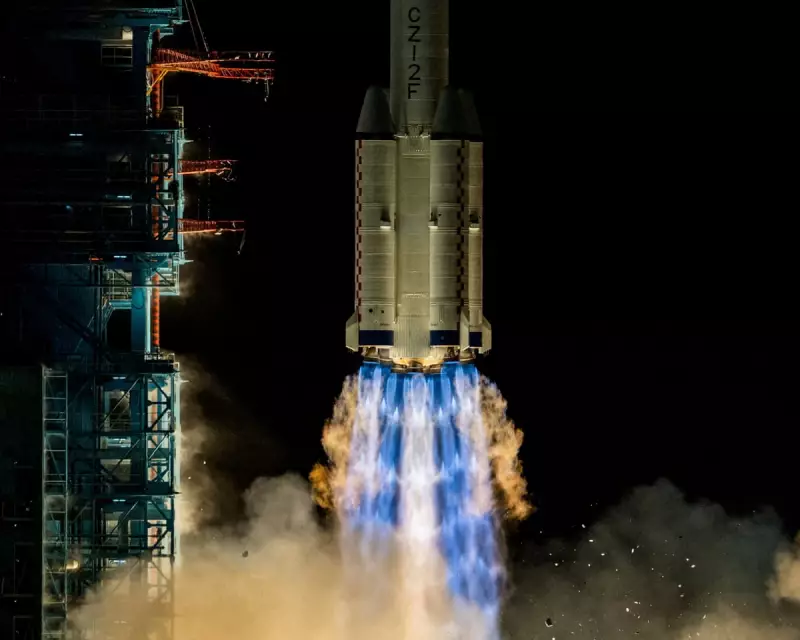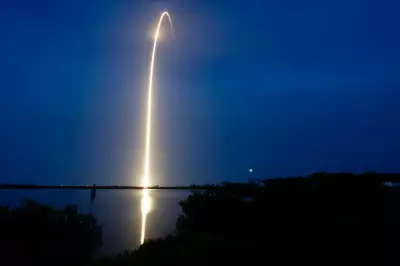
In a dramatic turn of events that highlights the growing threat of space debris, Chinese astronauts aboard the Tiangong space station face an uncertain return timeline after their Shenzhou-20 spacecraft suffered significant damage from an orbital collision.
Emergency in Orbit
The incident, which occurred during what should have been a routine mission, has forced mission controllers to delay the crew's return to Earth indefinitely. Early assessments indicate the spacecraft sustained substantial damage from the impact, though the exact nature and severity remain under careful evaluation by Chinese space authorities.
The Growing Space Debris Problem
This alarming event underscores the escalating danger posed by space junk orbiting our planet. With thousands of defunct satellites, spent rocket stages, and fragmentation debris circling Earth at incredible speeds, even the smallest particles can cause catastrophic damage to spacecraft and critical space infrastructure.
Immediate Response and Contingency Planning
Chinese space officials have activated emergency protocols, focusing on two critical priorities:
- Ensuring the continued safety and wellbeing of the astronaut crew aboard Tiangong
- Conducting thorough damage assessments to determine spacecraft viability
- Developing contingency plans for the crew's safe return to Earth
International Space Safety Concerns
The collision has reignited global discussions about space traffic management and debris mitigation. Space agencies worldwide are increasingly concerned about the Kessler Syndrome – a scenario where space debris collisions create more debris, potentially making certain orbits unusable for generations.
As mission controllers work tirelessly to resolve this crisis, the international space community watches closely, recognising that what happens to one nation in space ultimately affects all who venture beyond our atmosphere.





